
On View In The Isles
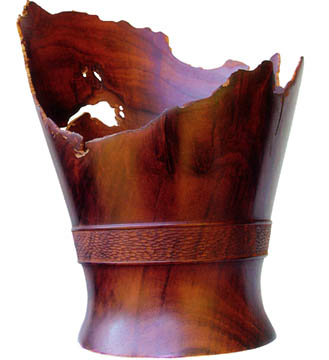
|
Woodmaster
Robert Hamada takes artistic
cues from the inherent beauty
of the wood he’s crafting
Robert M. Hamada possesses the spirit of a wood sprite, one whose soul is interconnected with nature. When the master woodturner examines a fallen log, he sees more than just wood. He contemplates the life of the tree, its struggles to survive and the energy it invested into living.
In Pattie H. Miyashiro's new book, "Robert M. Hamada, Master Woodturner," Hamada conveys a deep reverence for wood that began in his childhood.
"I was responsible for collecting the firewood we used to cook and bathe," he says. "It was more of a joy than a chore to search and gather wood ... I can still picture in my mind, that beautiful flaky grain that appeared when I cut into my first hau branch."
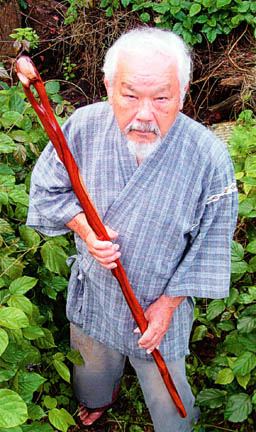
|
Today, after more than 65 years of woodturning, Hamada is revered for the lustrous, sizable wood pieces that have been acquired by everyone from Crown Prince Akihito of Japan to the Museum of Fine Arts in Boston. Locally, his works are part of collections at The Kauai Museum, the State Foundation of Culture and the Arts and The Contemporary Museum.
In fact, The Contemporary Museum is exhibiting Hamada's work at its First Hawaiian Center gallery beginning Friday, in a show titled "The Wood Lives On: E Ola Mau Ka La'au." The exhibit runs through Jan. 25.
The Contemporary Museum at First Hawaiian Center is located at 999 Bishop St. Hours are 8:30 a.m. to 4 p.m. Mondays to Thursdays and to 6 p.m. Fridays.
Admission is free. Call 526-1322 for more information.

|
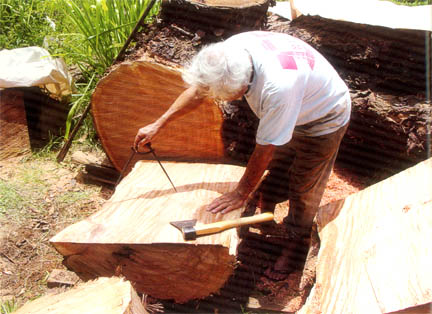
|
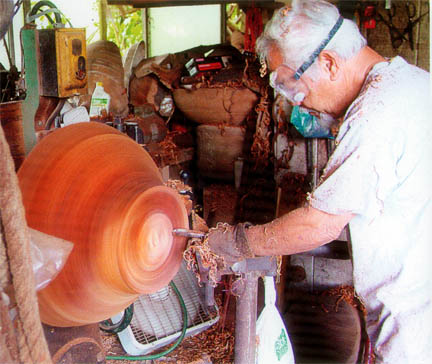
|
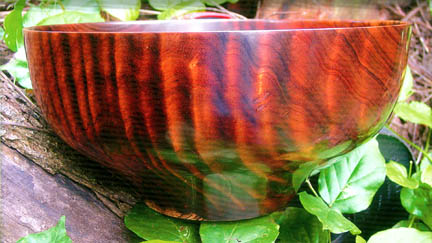
|

Click for online
calendars and events.